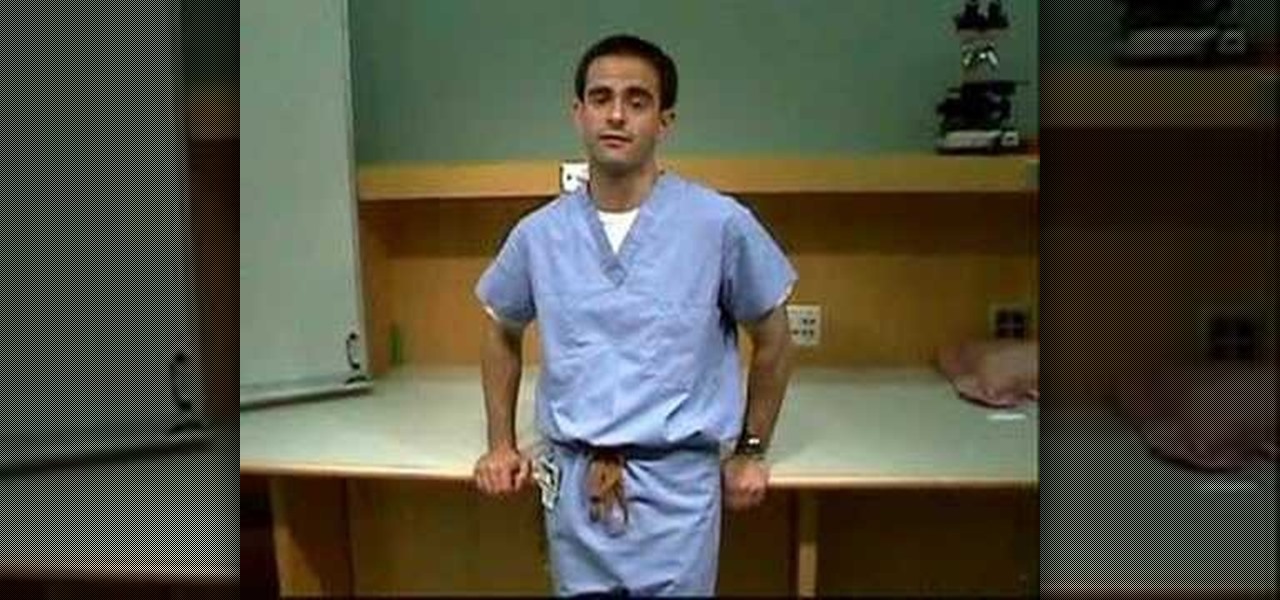

However, excessive tension applied through a knot can cause damage to both the suture and the tissue, which can lead to poor wound healing and tissue necrosis. Surgical knots have a wide variety of uses in surgery and knot tying is an essential skill for every surgeon to know and to be competent in.Ī completed knot should be firm, such that slipping of the knot is nearly impossible. Adjust the final tension of the knot as necessary, by pushing past the knot.Whilst holding tension in the long thread with the R hand outside the cavity, push the knot down with the L index finger past where the knot is needed to lie inside the cavity.Pull the R hand upwards and the L hand downwards.Pick up the end of the long thread with the R thumb and index finger


It is essential the knot is tied firmly to avoid slipping, whilst upwards pressure is avoided to prevent tearing of the tissue. Tying at depth is used for knot tying deep within a body cavity. Adjust the final tension of the knot as necessary.Repeat the same manoeuvre as before with the short thread facing upwards and the long thread facing downwards.Pull the L hand upwards and the R hand downwards, allowing the knot to rest in position adjust the tension of the knot as necessary.Repeat the same manoeuvre as before, passing the short thread under and over the long thread.Pick up the long thread with the R thumb and index finger and bring downwards, to align next to the short thread Come back upwards with the short thread, by holding the end with the L thumb and index finger.Pull the R hand upwards and the L hand downwards, allowing the knot to rest in position adjust the tension of the knot as necessary.Using the L middle finger, whilst still holding the end between L thumb and ring finger, pass the short thread under and then over the long thread.Bring up the long thread with the R hand, to align next to the short thread.Pick up the end of the short thread with the L thumb and ring finger, with the remainder of the thread passing over the L index and middle fingers.Start with the short thread facing upwards and the long thread facing downwards.The square surgeons knot is the most reliable and well-known for nearly all suture materials.


 0 kommentar(er)
0 kommentar(er)
